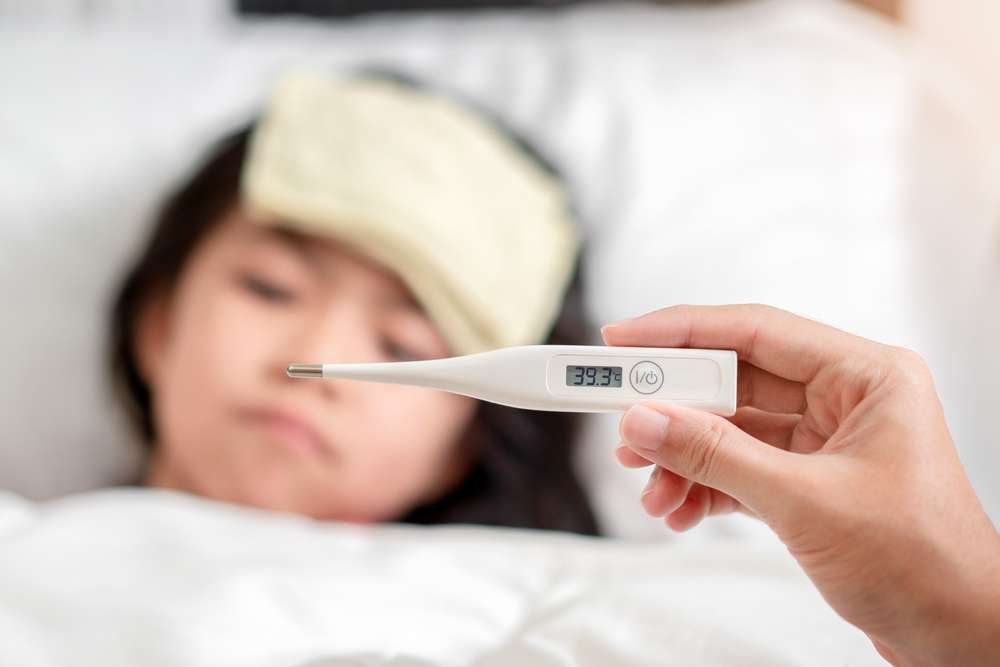
China study confirms link between fever and pathogen in febrile-diarrheal patients
A nationwide surveillance study in China investigated the epidemiological characteristics and enteric pathogen composition of febrile-diarrheal patients. The study found that acute diarrhea with fever was more severe than non-febrile diarrhea. The highest frequency of fever was observed in children below 5 years, with viral enteropathogens being more prevalent in this age group. Febrile-diarrheal patients had a higher prevalence of bacterial pathogens compared to afebrile-diarrheal patients in all age groups. Nontyphoidal Salmonella (NTS) was overrepresented in febrile patients of all age groups, while diarrheagenic Escherichia coli (DEC) was only significant for adult groups. The multivariate analysis revealed a significant association between fever and infection with rotavirus A among children and DEC in adult groups. NTS was associated with fever in both children and adults. The study highlights the importance of detecting NTS and rotavirus A in children under 5 years old and NTS and DEC in adult patients with acute diarrhea and fever. These findings can aid in the prioritization of diagnostic assays and prevention control measures.
To know more: About the original article click here.
